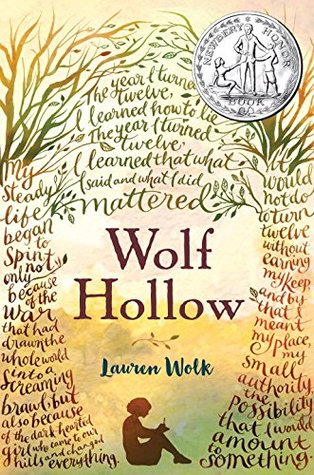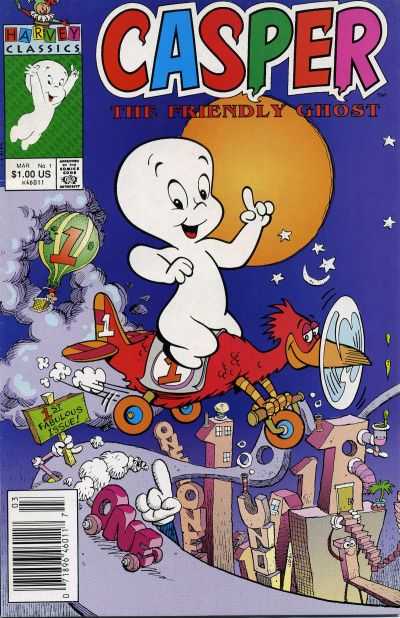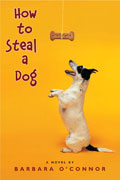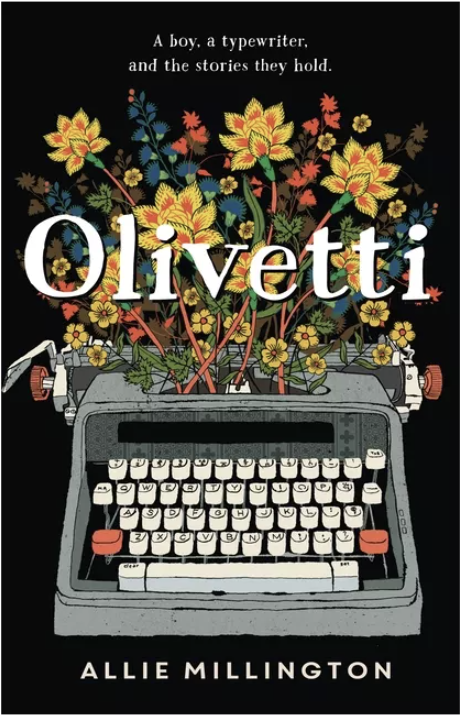
Are you looking for a book to read with your kids, grandkids, classroom, MG book club–or if you’re like me and just love to read Middle Grade stories? This new release from Feiwel & Friends (Macmillan Publishers) by debut author Allie Millington has the charm and heartwarming appeal of classics like Charlotte’s Web, but with plenty of appeal for modern kids.
From the opening pages, Olivetti has the feel of the favorite children’s classics I loved reading as a kid. However, unlike the classics, this novel includes cell phones, laptops, and all of the modern contrivances today’s kids rely on daily.
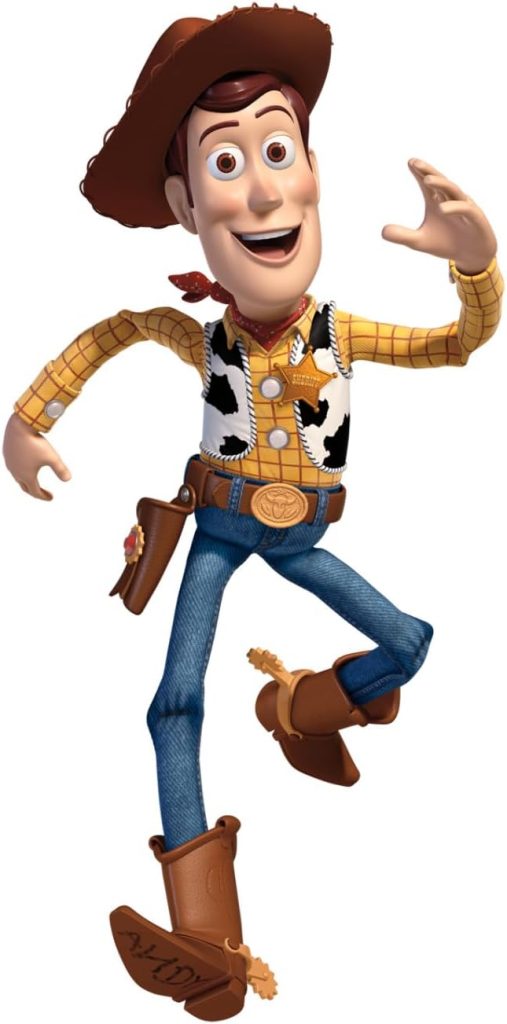
I loved the way Olivetti (the personified typewriter who shares the narration of the story) struggles with the same emotions we humans do. My favorite Disney film is the original Toy Story, and Olivetti is reminiscent of Woody. Just like Woody is replaced by Buzz, Olivetti feels replaced by a shiny new laptop. When he finds himself on the shelf of a pawnshop, Olivetti’s struggles intensify. Here’s a fun fact about this Toy Story connection: The incomparable Tom Hanks, who voiced the icon character of Woody in the Pixar films, read Olivetti and loved it enough to write a review for the New York Times! How cool is that?
The other narrator in the novel is Ernest Brindle–a quiet boy who prefers keeping to himself. When Ernest’s mother is reported missing, he blames himself. Even though he shies away from friendship in general, he teams up with the pawnshop owner’s daughter as well as Olivetti to discover where (and why) his mother has gone.
As a former 4th grade teacher, this is a novel my students would have enjoyed reading as a class. It has the same type of quirky characters as Kate DiCamillo’s books, introduces them to the lost art of typing, and ends with hope.


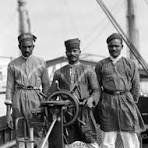
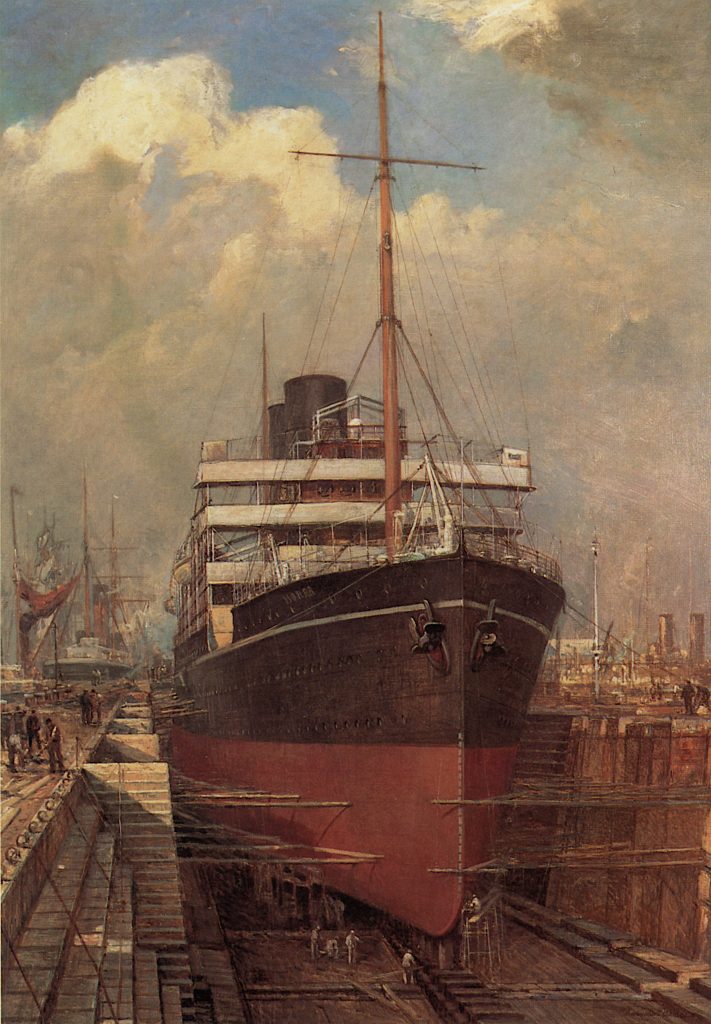

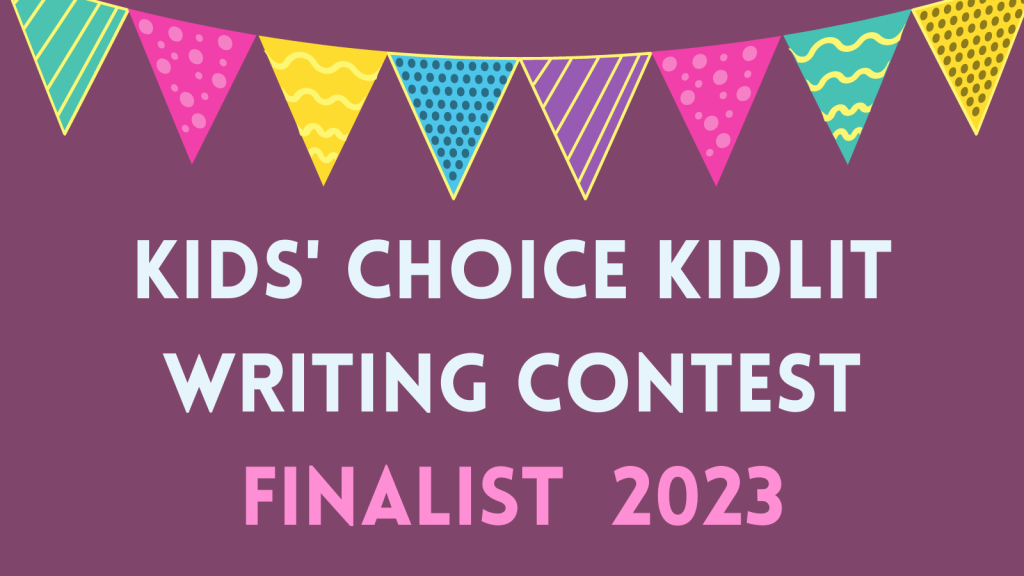
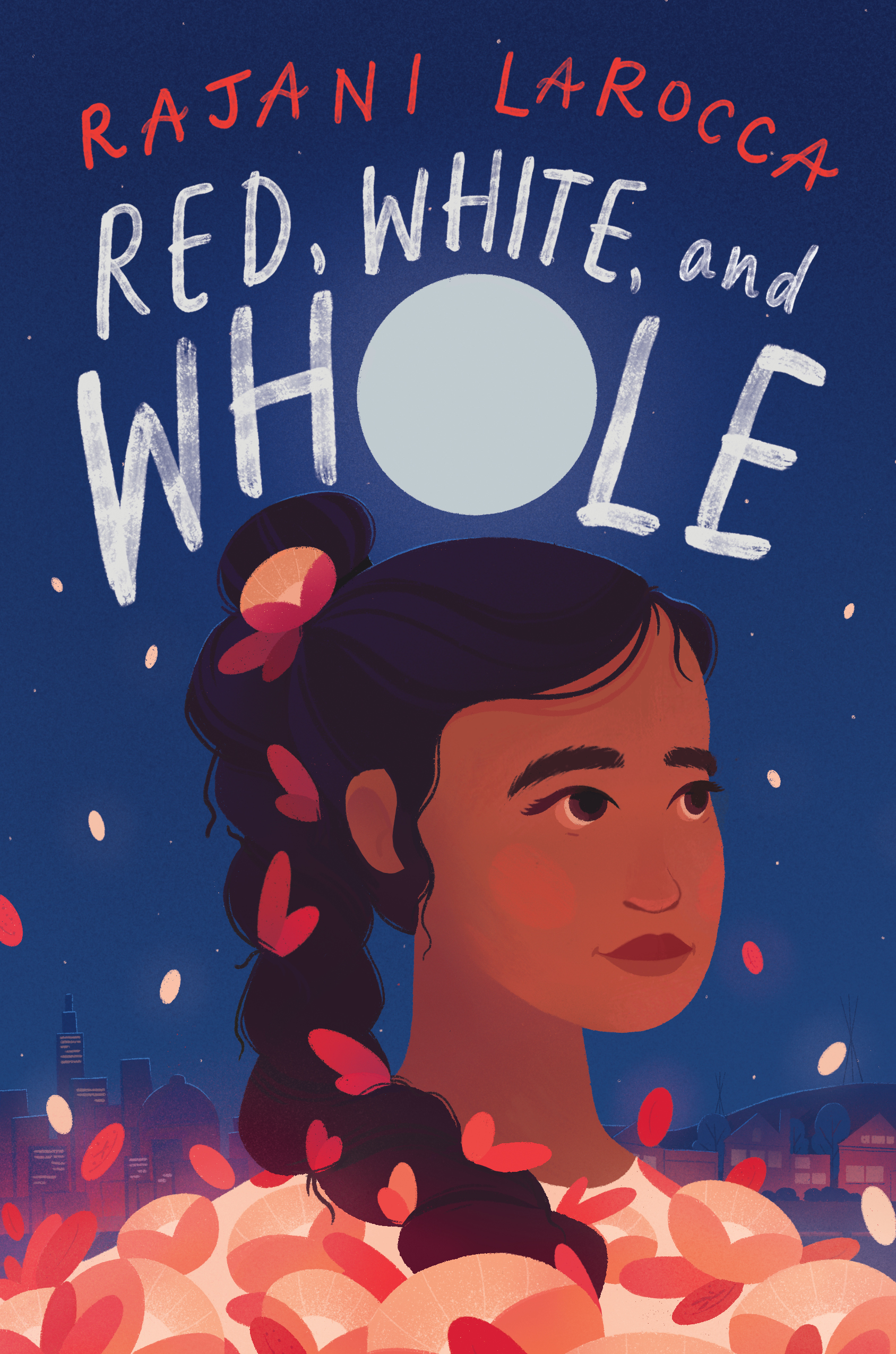 Red, White, and Whole by Rajani LaRocca
February 2021, Quill Tree Books
Red, White, and Whole is a beautifully written and descriptive novel told completely in verse. The rich details about the 1980's pop music, fashion and styles will introduce young readers to a decade long before they were born, and fill older readers (like me!) with nostalgia for our teen years.
Just as she did with Midsummer's Mayhem, author Rajani LaRocca brings food to life in ways that engage the senses and makes your mouth water. I'm definitely craving curry, samosas, and paneer as I'm writing this review!
More than anything, however, this book is about family. Main character Reha loves her family, and they love her. Her parents, like many who relocate to another country, surround themselves with a support network of other people who share their culture and traditions. In addition to this, she has extended family in India. Reha will need the support of all of these people when her mother is diagnosed with Leukemia.
But, Reha also has her school friends and she wants to fit in with them. What 13 y.o. doesn't? But since her mom makes her clothes and her family comes from another country, the reader easily sees how Reha feels as if she sticks out.
I found myself identifying with Reha's struggle to fit in between two worlds--America and India. She doesn't feel as if she truly belongs in either one for much of the novel. The beautiful truth about this story is how universally relatable Reha's journey is. We've all walked that tightrope of our own hopes and dreams vs. our parents' expectations for us. In Reha's case, this is compounded by the fact she's an only child and her parents have sacrificed so much to give her opportunities.
The novel's format suited this poignant story beautifully, as the author skillfully used verse to heighten the emotional impact of some of the most touching scenes. I'd be lying if I didn't admit to crying in a few places. You might want to grab a few tissues before you settle in to read.
This would be a great novel for 4th and 5th grade classrooms. Especially in rural areas like the town in which I currently live. Kids would enjoy the exposure to the different foods, celebrations and attire from Indian culture. I highly recommend this upcoming novel.
Red, White, and Whole by Rajani LaRocca
February 2021, Quill Tree Books
Red, White, and Whole is a beautifully written and descriptive novel told completely in verse. The rich details about the 1980's pop music, fashion and styles will introduce young readers to a decade long before they were born, and fill older readers (like me!) with nostalgia for our teen years.
Just as she did with Midsummer's Mayhem, author Rajani LaRocca brings food to life in ways that engage the senses and makes your mouth water. I'm definitely craving curry, samosas, and paneer as I'm writing this review!
More than anything, however, this book is about family. Main character Reha loves her family, and they love her. Her parents, like many who relocate to another country, surround themselves with a support network of other people who share their culture and traditions. In addition to this, she has extended family in India. Reha will need the support of all of these people when her mother is diagnosed with Leukemia.
But, Reha also has her school friends and she wants to fit in with them. What 13 y.o. doesn't? But since her mom makes her clothes and her family comes from another country, the reader easily sees how Reha feels as if she sticks out.
I found myself identifying with Reha's struggle to fit in between two worlds--America and India. She doesn't feel as if she truly belongs in either one for much of the novel. The beautiful truth about this story is how universally relatable Reha's journey is. We've all walked that tightrope of our own hopes and dreams vs. our parents' expectations for us. In Reha's case, this is compounded by the fact she's an only child and her parents have sacrificed so much to give her opportunities.
The novel's format suited this poignant story beautifully, as the author skillfully used verse to heighten the emotional impact of some of the most touching scenes. I'd be lying if I didn't admit to crying in a few places. You might want to grab a few tissues before you settle in to read.
This would be a great novel for 4th and 5th grade classrooms. Especially in rural areas like the town in which I currently live. Kids would enjoy the exposure to the different foods, celebrations and attire from Indian culture. I highly recommend this upcoming novel. 







